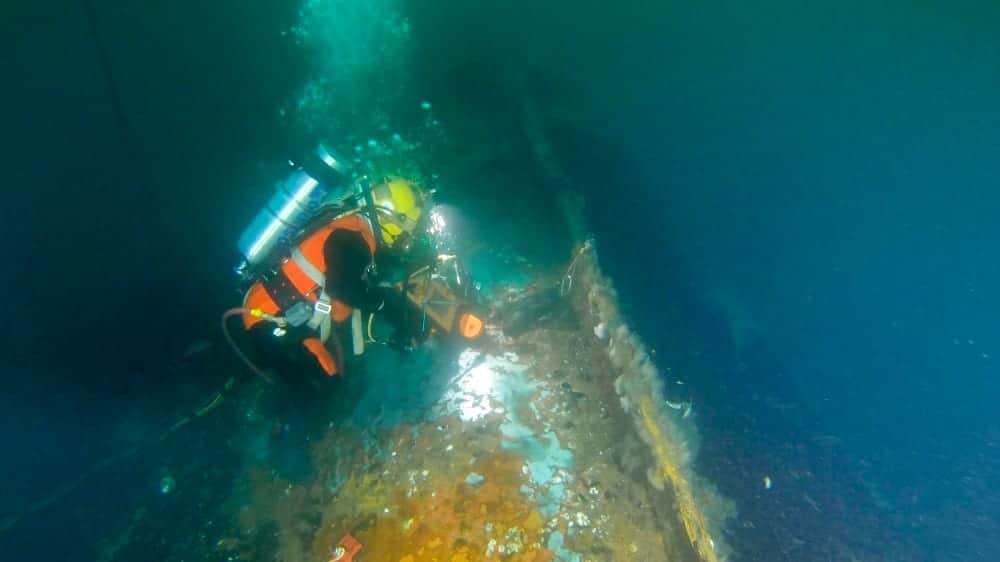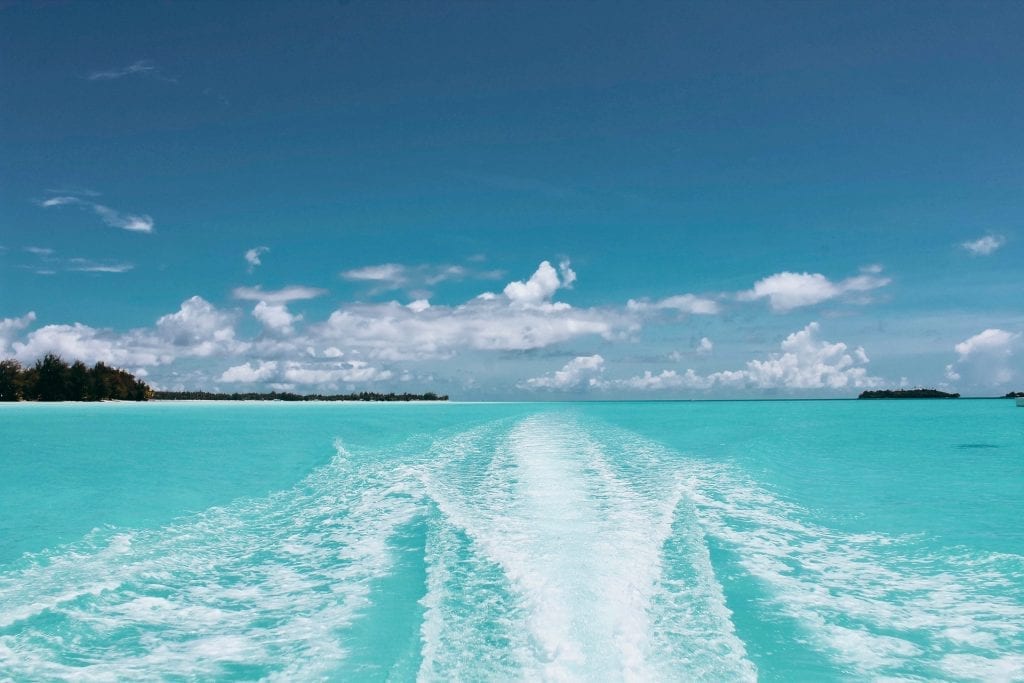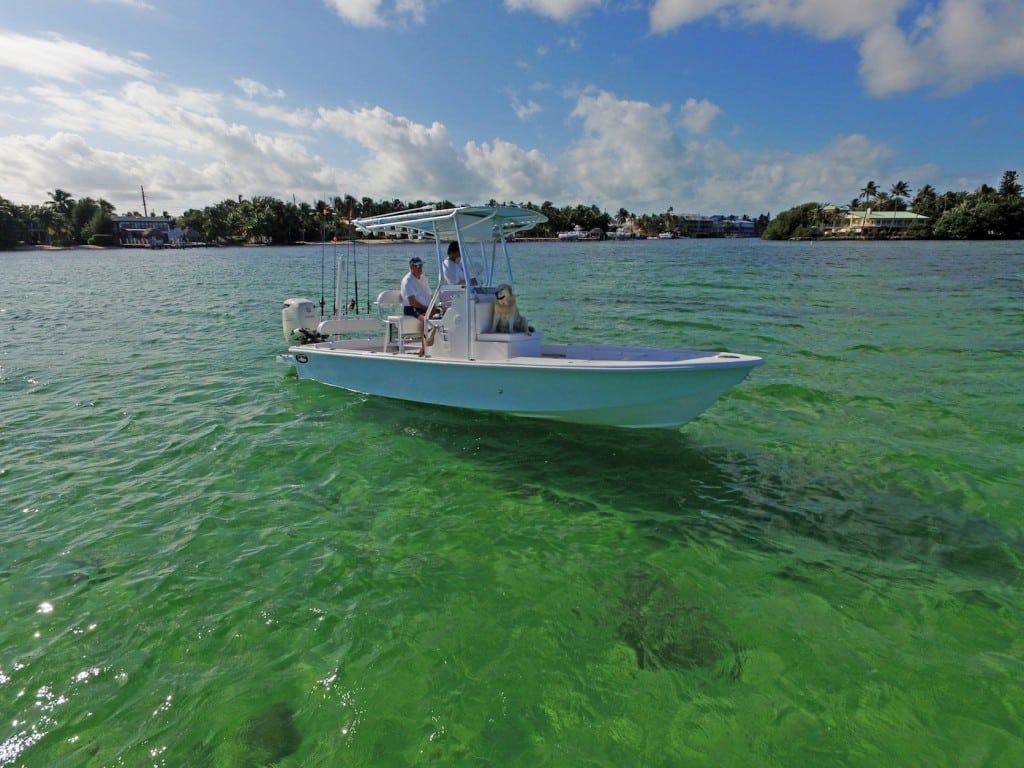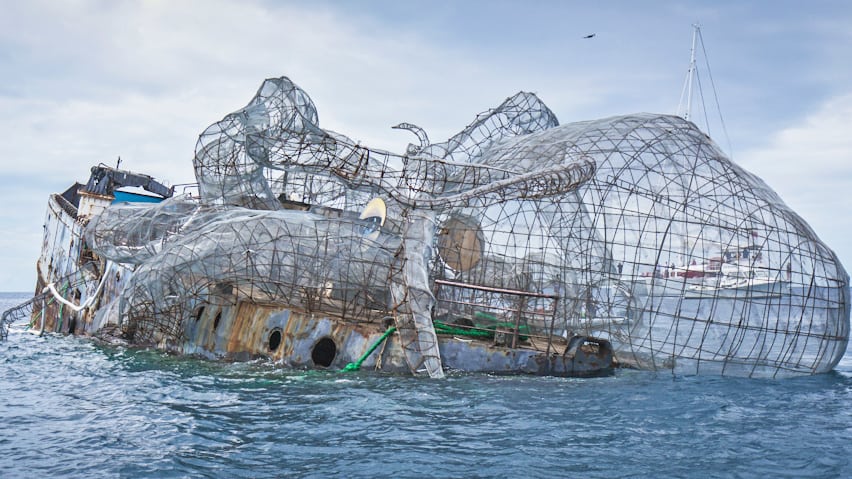The Coimbra’s Oil Issue
The Coimbra make have sunk, but it created a haven for fish.
The early morning hours of January 15, 1942, were fateful for the British supply ship Coimbra, a 423-foot tanker with a 60-foot beam and 81,000 barrels of fuel oil on board. At 3AM, in the fog, she took a torpedo amidships from U-boat 123, igniting her cargo before a second explosion broke her in three and sealed her fate. Capt. J.P. Barnard and 34 crew members perished in the strike; only six survived.
The attack, in 180 feet of water roughly 30 miles southeast of Long Island’s Shinnecock Inlet, was the second successful World War II U-boat ambush off the eastern seaboard.
More than 300 attempts would follow through 1945 with 255 ships sent to the bottom and 30 U-boats meeting their demise as well.
Most who endured the second war to end all wars are gone now, but many of the sunken ships remain as testament to the hardships suffered. Roughly 75 years beneath the seas
allowed them to integrate into the marine environment as hosts to coral, lobsters and various bottom-fish species as they slowly deteriorate. The Coimbra, in particular, is a favorite of northeast anglers and scuba divers being a relatively short run from New York and New Jersey ports.
She is also leaking oil.
Slick Rick
“We’ve seen indications of oil slicks on satellite images since 2015,” says Coast Guard Chief Warrant Officer Allyson Conroy. “Recent assessment confirms a pinhole leak allowing seepage from at least one of the oil tanks that remain intact within the wreck. The leak is inconsistent, and we estimate only five to ten gallons are escaping at a time. It’s not an environmental catastrophe, but it does need to be addressed.”
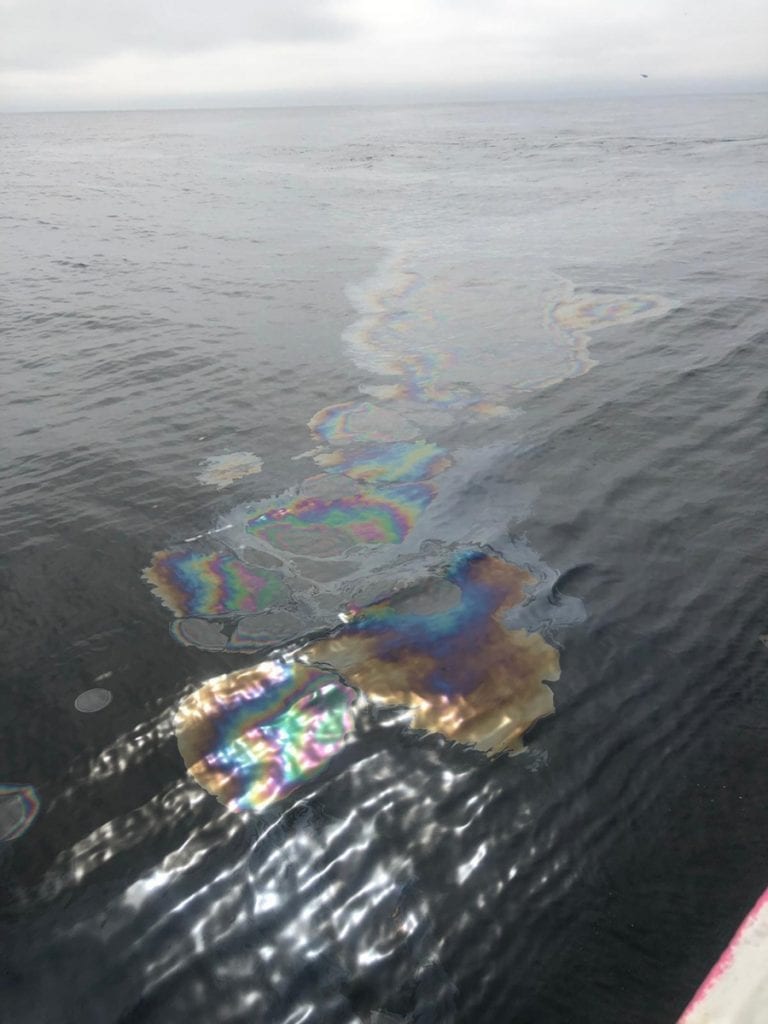
To that end, the Coast Guard, working with contractors, began removing the remaining oil from the wreck using pumps. While they aren’t sure how much oil is still on the ship, dive teams have sampled at least some oil in eight different tanks. The assessment and removal process started in late May and should be completed sometime this summer.
Until then, boaters are required to stay at least 500 yards from the operation at all times.
Other Issues
So, then, what about the other 255 vessels that were lost along the East Coast during the U-boat campaign and additional ships that met unfortunate ends through unintentional means? Is it logical to expect they might begin to leak any remaining oil after three-quarters of a century below the surface?
“We don’t know of any other shipwrecks in the New York/New Jersey area leaking oil,” says Conroy. “Since most now serve as marine habitats in addition to memorials to their crews, we have no immediate plans to check them individually. We will address new concerns as they arrive.”
“Responding as necessary rather than pre-emptively seems like a good idea in this case,” says renowned scuba diver, PADI Master Instructor and retired USCG Merchant Marine Officer Capt. Steve Belinda of Miller Place, New York. “Heating oil is a diesel fuel which should rise to the surface and mostly burn off. It’s not crude oil which can form a sludge and slowly spill out across the bottom.”
Other Wrecks
Belinda, who has dived on numerous northeast wrecks, says he knows of only two others, besides the Coimbra, with slight oil leaks. One is the Ayuruoca, aka the “Oil Wreck,” in the Mud Hole off New Jersey. “The other is the ocean liner Andrea Doria,” he reveals. “She sank after a collision with the MS Stockholm in 1956, about fifty miles south of Nantucket, Massachusetts. Her leak appears to be diesel, too. When we come up from diving there, the top twenty feet or so of anchor line is sometimes black, and you can see a bit of oil reflecting on the surface. It’s been that way for many years.”
By Tom Schlichter, Southern Boating
July 2019

